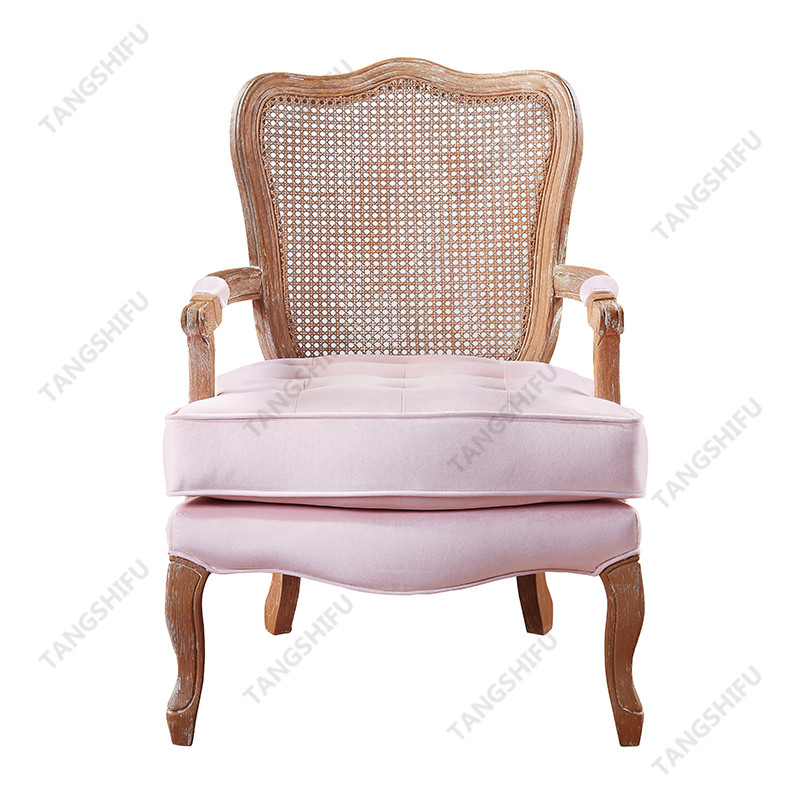From the perspective of market economy, the furniture manufacturing industry should be one of the most competitive fields in the past 30 years. But at the same time, due to its non-standardization, low threshold and decentralized characteristics, the degree of concentration is also low.
Another major feature of the industry is the imbalance of power between manufacturing, channels and retail. The channel business is powerful, and the retail distributors are generally scattered in operation, and it is difficult to form a system and scale, so the right to speak is also small.
From a manufacturing perspective, there are still many problems under the appearance of prosperity.
Market competition
Given the incentives of channel expansion and market sinking, dining room furniture manufacturers in china have invested a lot of energy in investment promotion in recent years.
Due to the fierce terminal competition, manufacturers must also help terminal stores to improve marketing and even assist in the whole process.
This has also created a kind of "weird"-some companies have mediocre products but excellent marketing, and they can expand rapidly. Other companies have excellent products but insufficient marketing, but are buried in the market tide.
More importantly, furniture companies put most of their energy on the marketing side, and their investment in production and management is bound to be insufficient.
A major feature
The pursuit of "big and complete" is a major feature of many dining room furniture manufacturers in china, from American, European, French to new Chinese, from dining rooms to bedrooms and even kitchens, etc., slightly larger scale furniture Companies generally have one stop.
However, because the various series of products are independent of each other, there is no systematic design concept running through them, and the universality of product components is not high, which often results in waste of resources in the production process.
And if the development of a set of products fails to meet the expected goal in the first investment promotion, it is likely that it will not be "commercially available", and the cost of R&D and sample introduction will be in vain.
In addition, as the "style" has changed more and more rapidly in the past two years, some product series have not yet fully matured and have not received the maximum profit return, so they have been thrown into the waste basket of "expired products". This is a great waste of corporate and social resources, and it also adds a lot of uncertainty to dealers.

Large-scale production
Large-scale production brings cost reduction, which is the main characteristic of industrial society. However, it has become a very challenging level for the furniture manufacturing industry.The dining room furniture manufacturers have increased the scale of production.
On the one hand, furniture companies have increasingly strong demand for advanced equipment, but many of them fail to fully integrate the needs of the company. After spending a lot of money, the utilization rate may not be high, or it may not be compatible with other equipment, and it is difficult for workers to use it. A lot of unnecessary waste is produced.
On the other hand, the concept of Industry 4.0 has become popular in the furniture industry, and there are more and more projects such as unmanned factories and automation. However, there are few and few companies that have really landed and have Industry 4.0 production capabilities.
